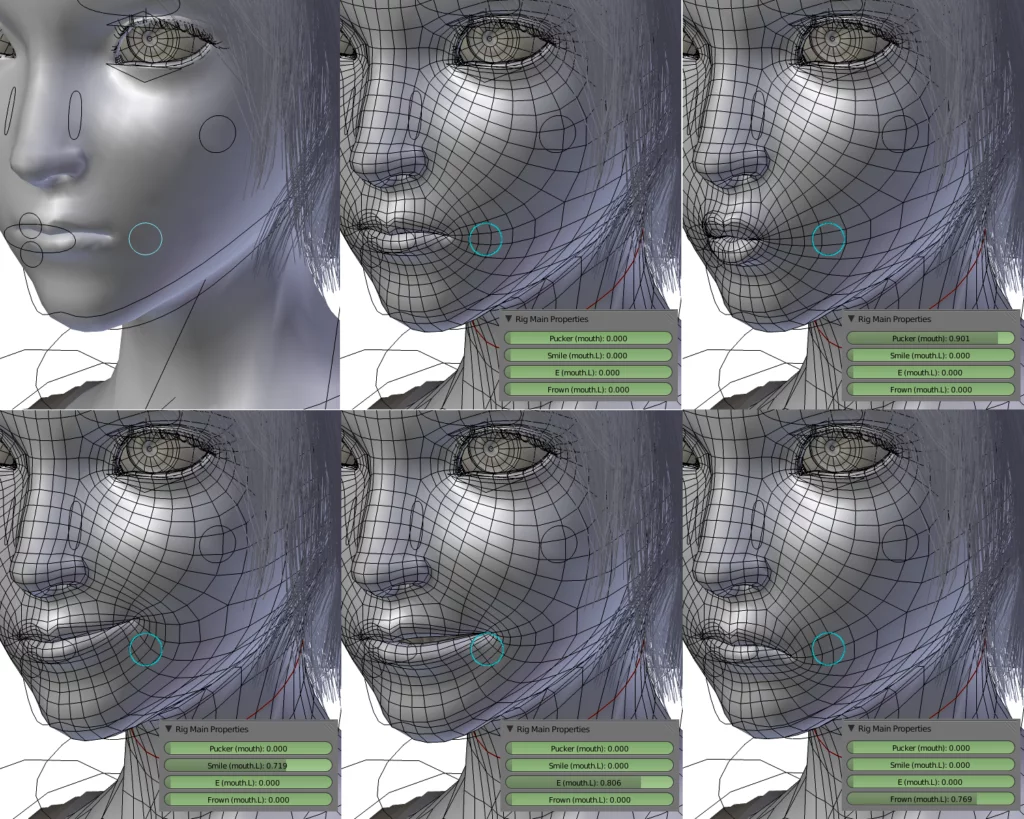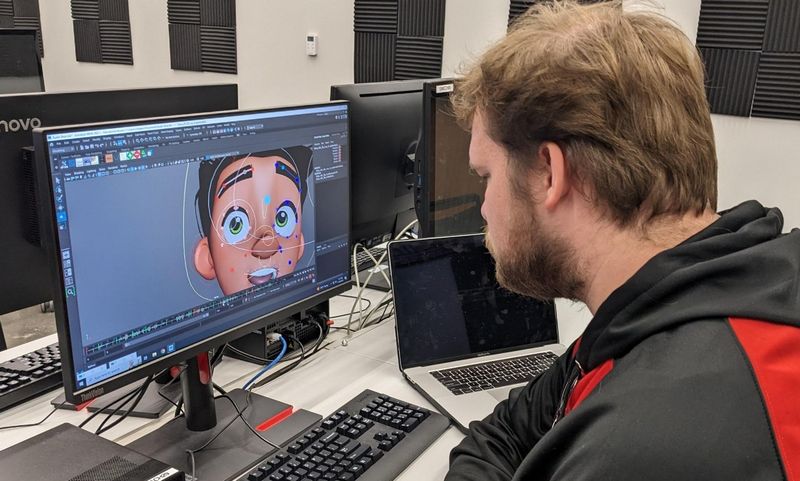
Decay and wear are two crucial elements in environmental storytelling that can deeply enhance the player’s immersive gaming experience. In video games, the environment plays a significant role in setting the mood, conveying the narrative, and creating a sense of realism. Decay and wear are essential tools used by game developers to craft a world that feels lived-in, authentic, and dynamic.
Decay refers to the gradual deterioration or decomposition of objects, structures, and landscapes over time. In environmental storytelling, decay can be used to communicate the passage of time, the history of a place, and the consequences of neglect or destruction. From crumbling ruins to overgrown forests, decay can add a sense of mystery, foreboding, or melancholy to a game world.
One excellent example of decay in environmental storytelling can be found in the critically acclaimed game “The Last of Us.” Set in a post-apocalyptic world overrun by infected creatures, the game’s environments are littered with decaying buildings, abandoned vehicles, and overgrown vegetation. These elements not only enhance the game’s atmosphere but also serve as a powerful reminder of the world that was lost and the consequences of humanity’s actions.
Wear, on the other hand, refers to the gradual physical deterioration of objects due to use, weathering, or other environmental factors. In environmental storytelling, wear can be used to convey a sense of history, realism, and immersion. From scuff marks on floors to rusted metal beams, wear can add depth and texture to a game world, making it feel more tangible and believable.

An excellent example of wear in environmental storytelling can be seen in the “Dark Souls” series. Known for its intricate level design and attention to detail, the games feature environments that are rich with wear and decay. From crumbling architecture to weathered tombstones, every surface in the game world tells a story of its own, adding layers of history and lore for players to uncover.
When used effectively, decay and wear can significantly enhance the storytelling potential of a game’s environment. By incorporating these elements into their level design, game developers can create worlds that feel alive, dynamic, and immersive. Players can explore these environments, uncovering hidden secrets, piecing together the narrative, and forging a deeper connection to the game world.
In addition to adding depth and realism to a game world, decay and wear can also serve gameplay purposes. Decaying structures can provide obstacles minecraft servers for mods or puzzles for players to overcome, while worn paths can guide players towards important locations or items. By intertwining environmental storytelling with gameplay mechanics, developers can create a cohesive, engaging experience that resonates with players on multiple levels.
From a technical perspective, incorporating decay and wear into environmental storytelling requires a keen eye for detail, a strong understanding of level design principles, and a commitment to world-building. Game developers must carefully consider how decay and wear will affect the player’s experience, pacing, and immersion. By striking the right balance between visual storytelling and gameplay considerations, developers can create environments that are not only visually stunning but also enriching to explore and interact with.
In conclusion, decay and wear play a crucial role in environmental storytelling in video games. By leveraging these elements effectively, game developers can create worlds that feel vibrant, immersive, and alive. From conveying the passage of time to adding depth and texture to a game world, decay and wear are powerful tools that can enhance the player’s gaming experience. As players navigate these decaying landscapes and weathered environments, they are not just playing a game but embarking on a journey through a meticulously crafted world that tells a story all its own.
